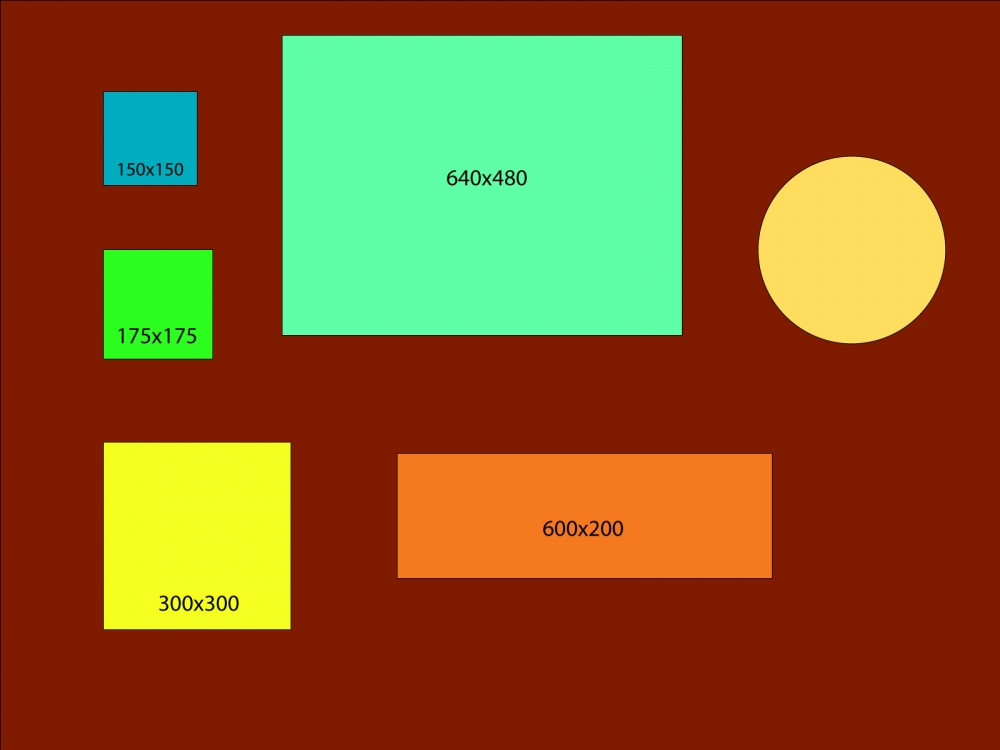Natural resources are derived from the environment. Many of them are essential for our survival while others are used for satisfying our needs. Natural resources may be further classified in different ways; on the basis of origin, resources may be divided into:
- Biotic - Biotic resources are those obtained from the biosphere. Forests and their products, animals, birds and their products, fish and other marine organisms are important examples. Minerals such as coal and petroleum are also included in this category because they were formed from decayed organic matter.
- Abiotic - Abiotic resources comprise non-living things. Examples include land, water, air and minerals such as gold, iron, copper, silver etc.
On the basis of the stage of development, natural resources may be called:
- Potential Resources - Potential resources are those that exist in a region and may be used in the future. For example, mineral oil may exist in many parts of India having sedimentary rocks, but until the time it is actually drilled out and put into use, it remains a potential resource.
- Stock are the materials in the environment which have the potential to satisfy human needs but do not have the appropriate technology to access them. For example, hydrogen and oxygen are two inflammable gases present in water, but we do not have the technology to use them from water.
- Reserved Resources are the subset of stock, where use has not yet been started and are saved for future use.
- Actual resources are those that have been surveyed, their quantity and quality determined, and are being used in present times. For example, petroleum and natural gas obtained from the Mumbai High Fields. The development of an actual resource, such as wood processing depends upon the technology available and the cost involved. That part of the actual resource that can be developed profitably with available technology is called a reserve.
On the basis of renewability, natural resources can be categorized into:
- Renewable Resources - Renewable resources are those that can be replenished or reproduced easily. Some of them, like sunlight, air, wind, etc., are continuously available and their quantity is not affected by human consumption. Many renewable resources can be depleted by human use, but may also be replenished, thus maintaining a flow. Some of these, like agricultural crops, take a short time for renewal; others, like water, take a comparatively longer time, while still others, like forests, take even longer.[1]
- Non-renewable Resources - Non-renewable resources are formed over very long geological periods. Minerals and fossils are included in this category. Since their rate of formation is extremely slow, they cannot be replenished once they are depleted. Out of these, the metallic minerals can be re-used by recycling them, but coal and petroleum cannot be recycled.
On the basis of distribution,natural resources can be classified into:
Ubiquitous-are those that can be found everywhere.For example-air,light,water etc.
Localised-are those that can be found only in certain parts of the world.For example-copper and iron ore,thermal power plant etc.
On the basis of ownership,resources can be classified into:individual,community,national,and international Individual resources:







